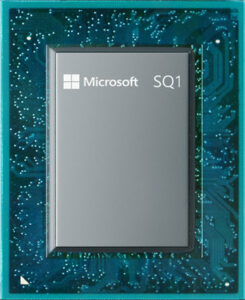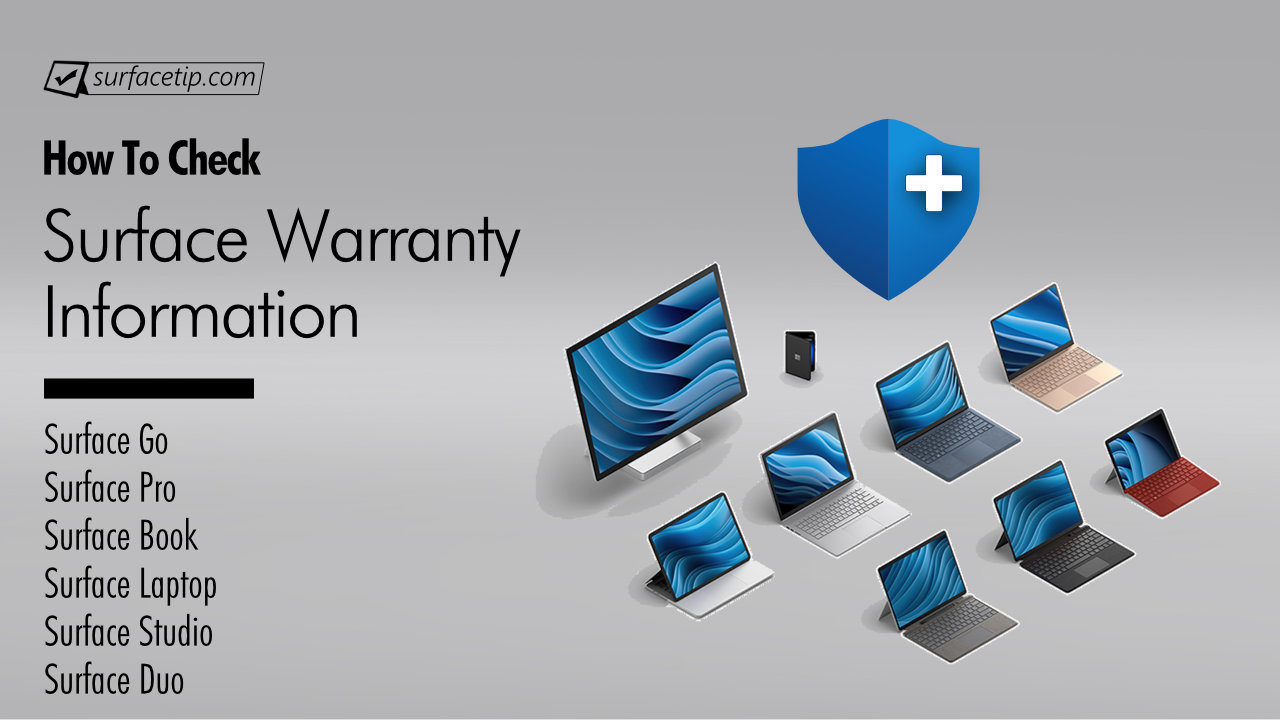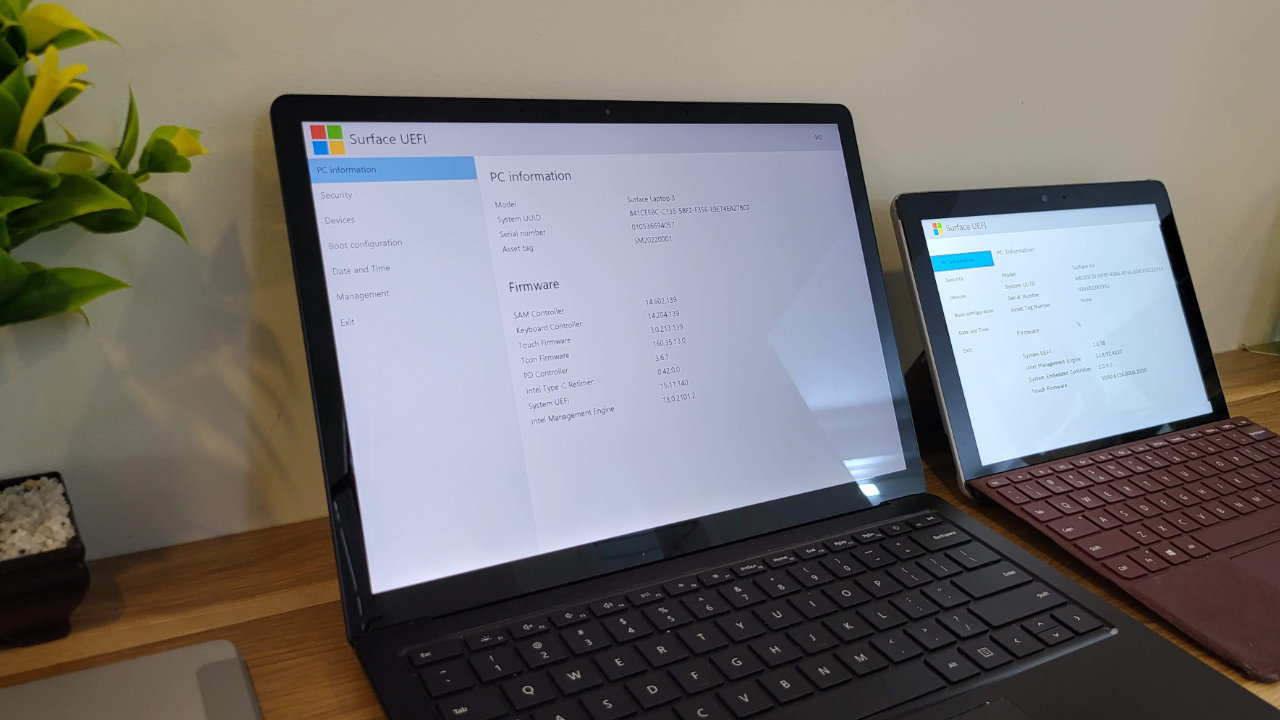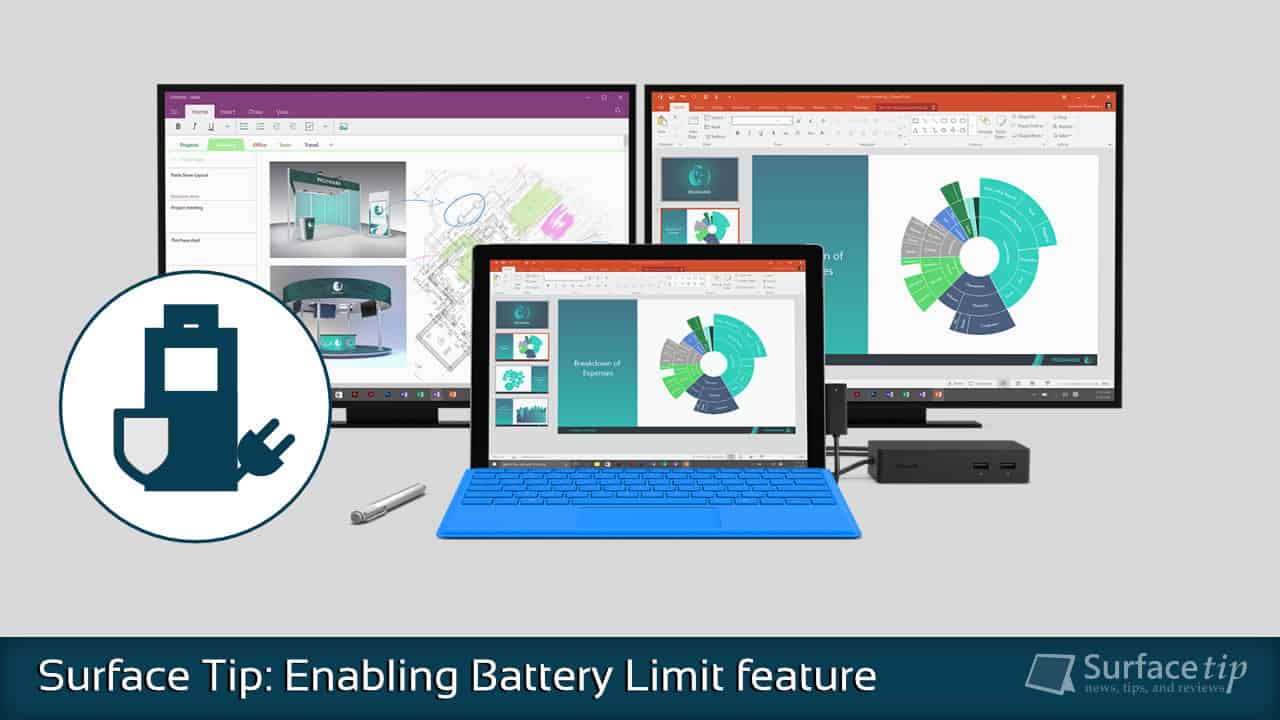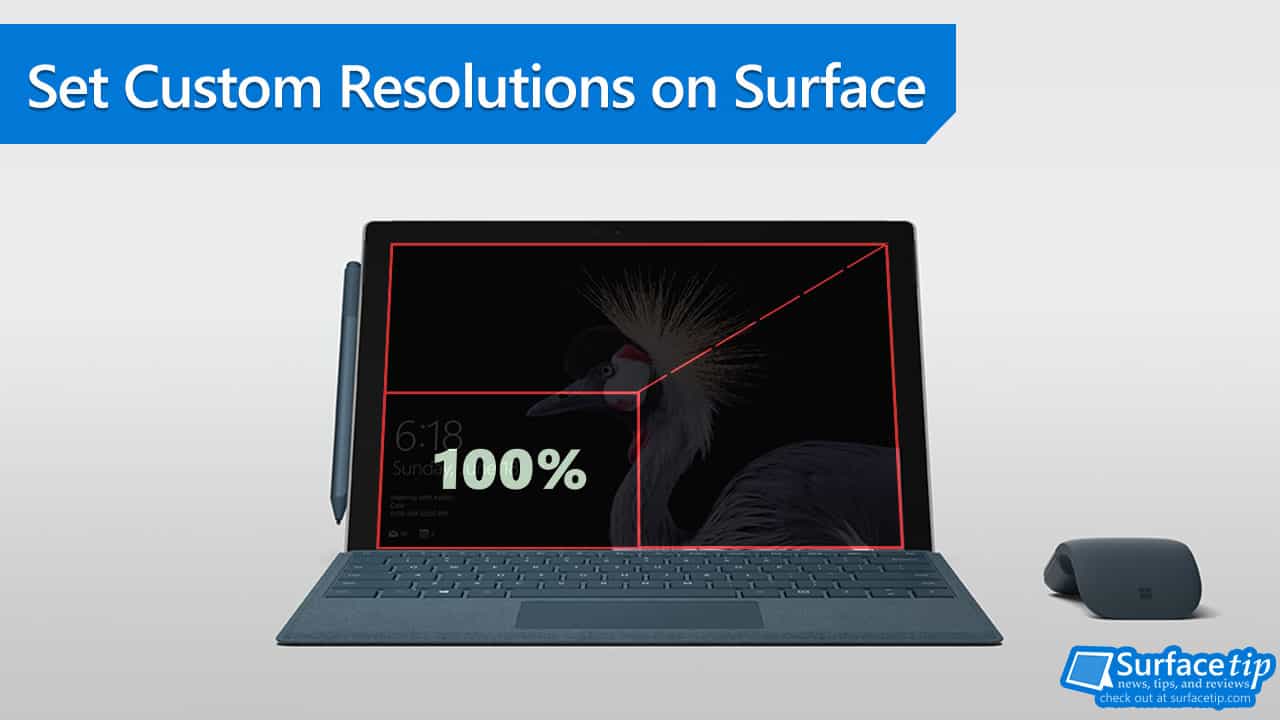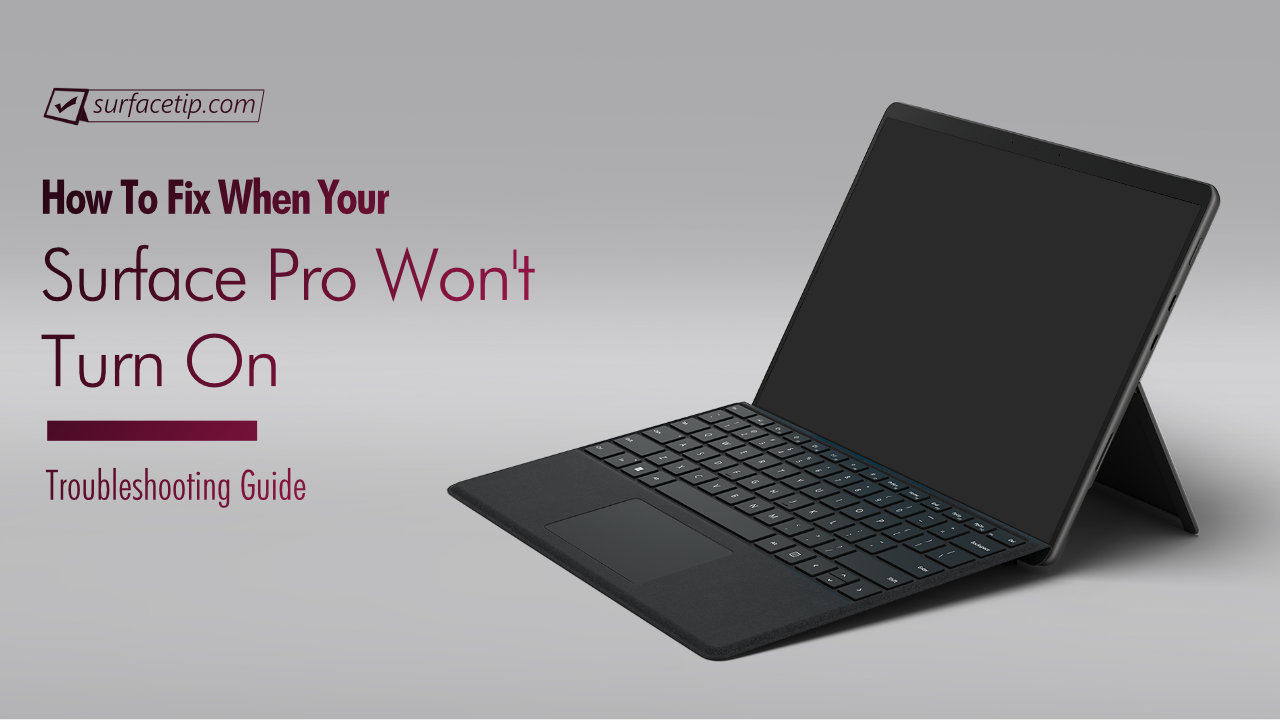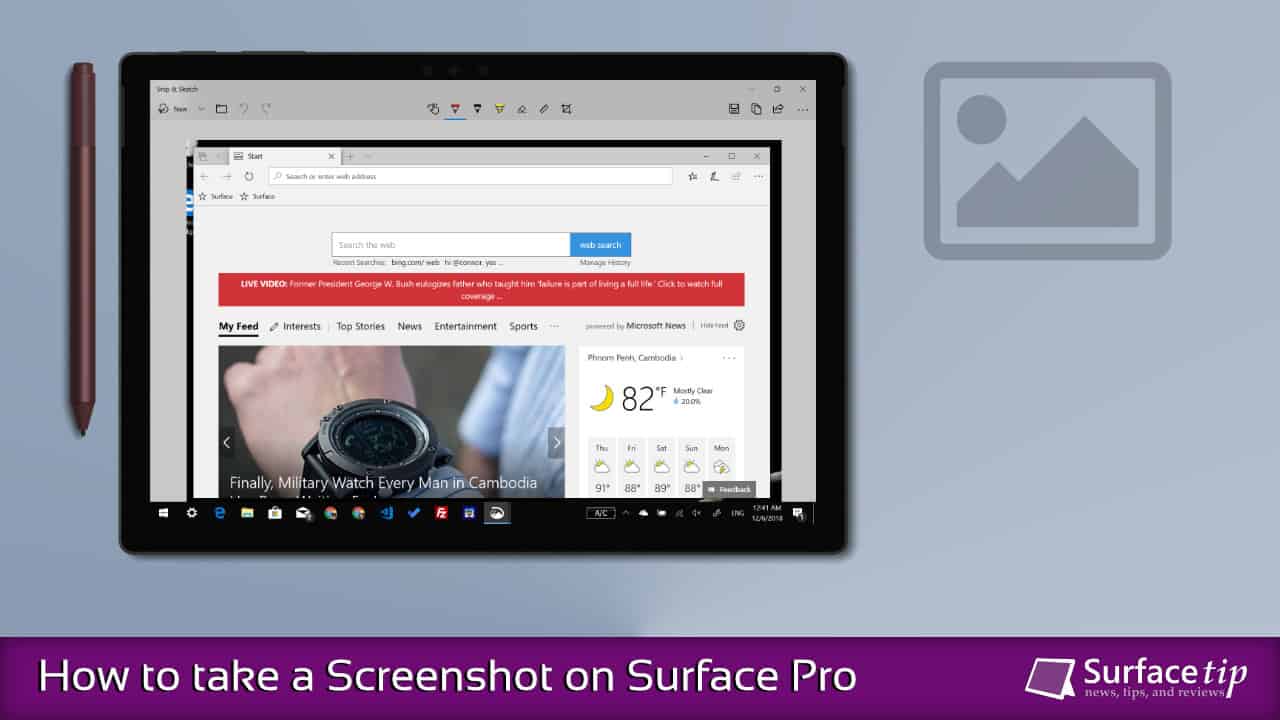ARM
Stands for “Advanced RISC Machine.” A processor’s architecture was developed and founded by ARM Ltd. company, in November 1990. Unlike Intel and AMD, the company only licenses its proprietary architecture to 3rd-party companies, including some mainstream ones like Nvidia, Apple, and Qualcomm.
Microsoft has adopted the ARM-based architecture since 2012 on its first Surface RT. The tablet used the 32-bit quad-core NVIDIA Tegra 3 with 12 graphic cores and 2GB of memory support. The battery life was great, but the performance was disappointing.
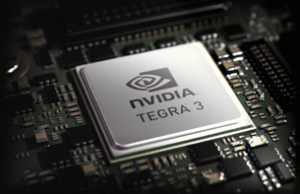
Microsoft has fixed the performance issue on Surface 2 with the new NVIDIA Tegra 4 chip, which has four power cores and an efficient core. The chip has bumped the graphics core up to 72, 6 times the predecessor. However, app availability and compatibility are still the major issues that the company has to put the ARM-based devices on pause.
As a result, two years later, in May 2015, the company launched the Surface 3 with a low-powered quad-core Intel Atom x7-Z8700. With that pullback, the company didn’t give up on ARM, just waiting for the technology to catch up with the x86 architecture in terms of performance and optimization.
Finally, with the efforts of a close partnership between Microsoft and Qualcomm, they launched an all-new Surface Pro X, on October 2, 2019, with a 64-bit ARM-based SQ1 processor that allows the tablet to have a great battery life, advanced LTE support, and the ability to run any x86 programs with the new virtualization technology was built into Windows 10 and future OS.
